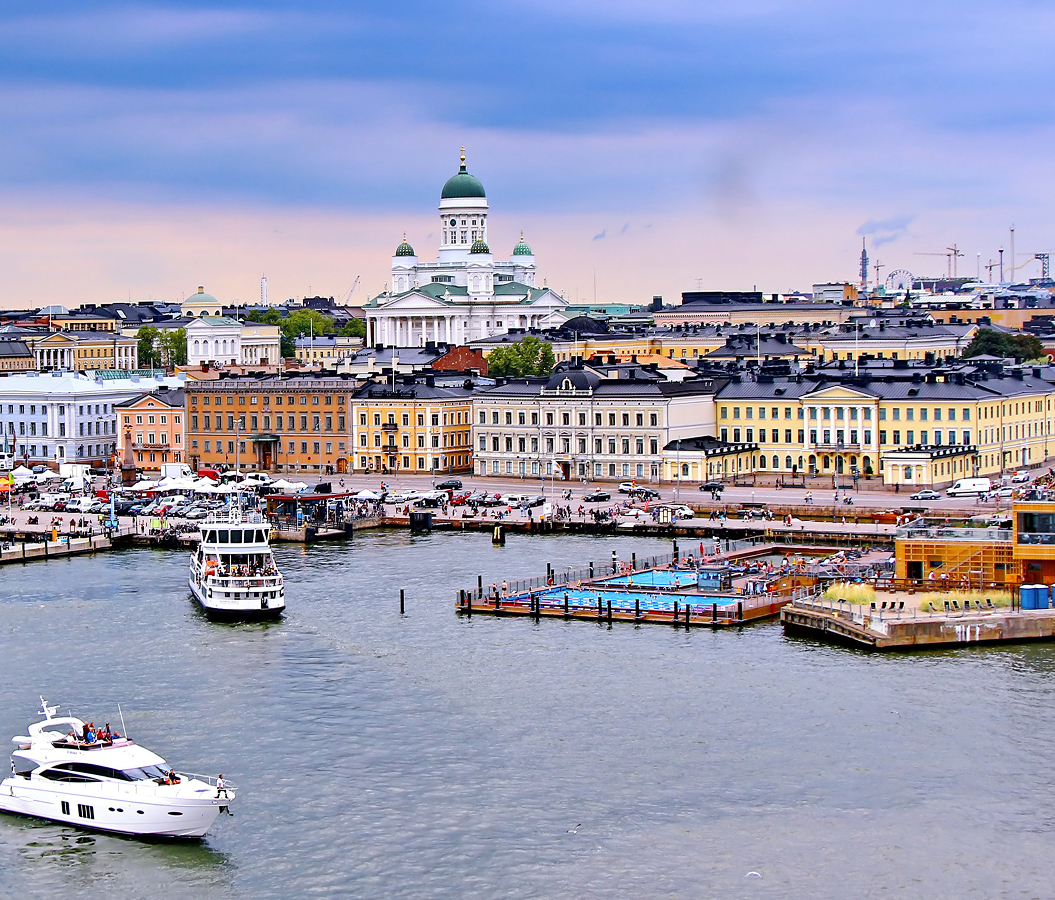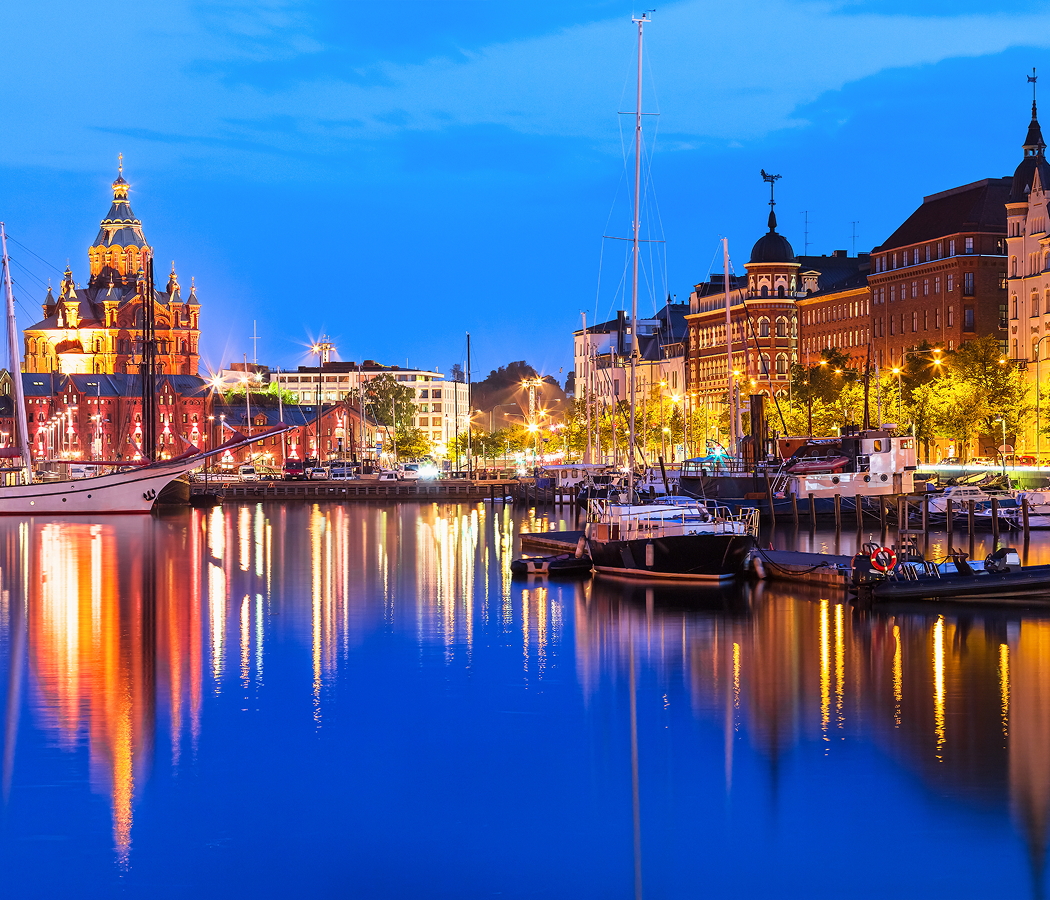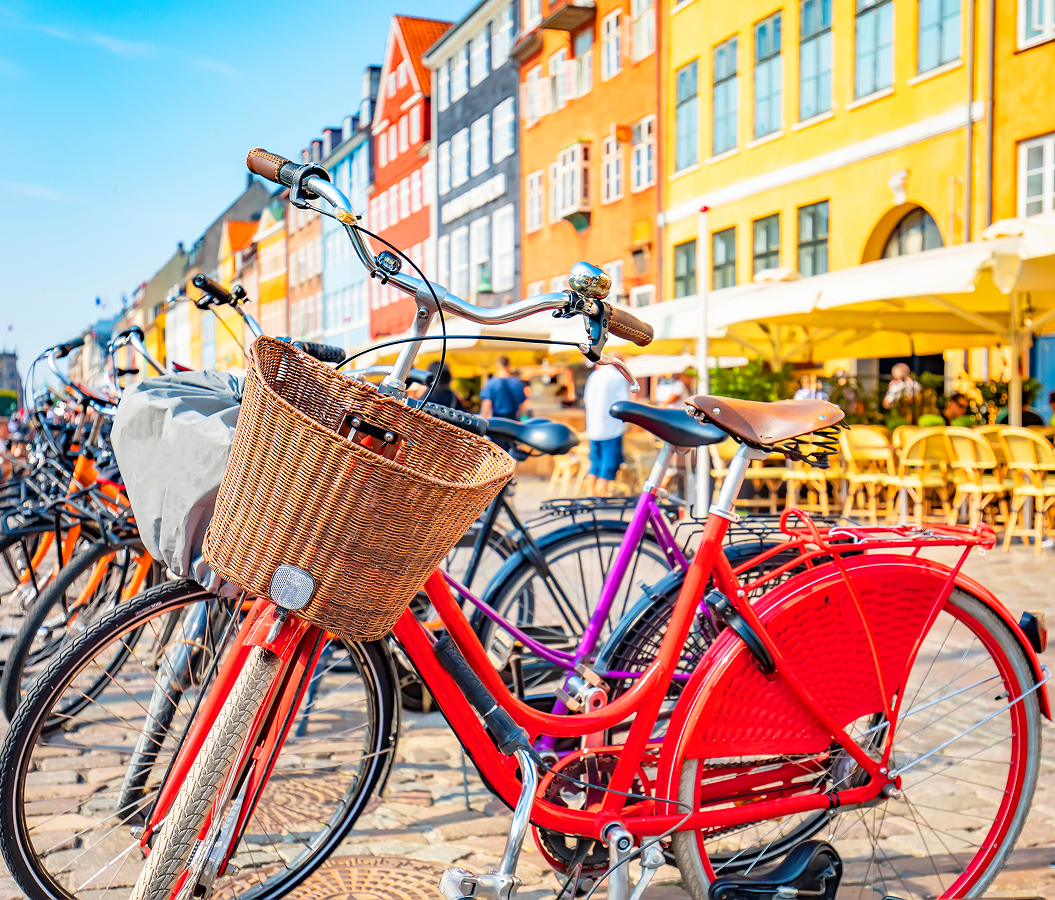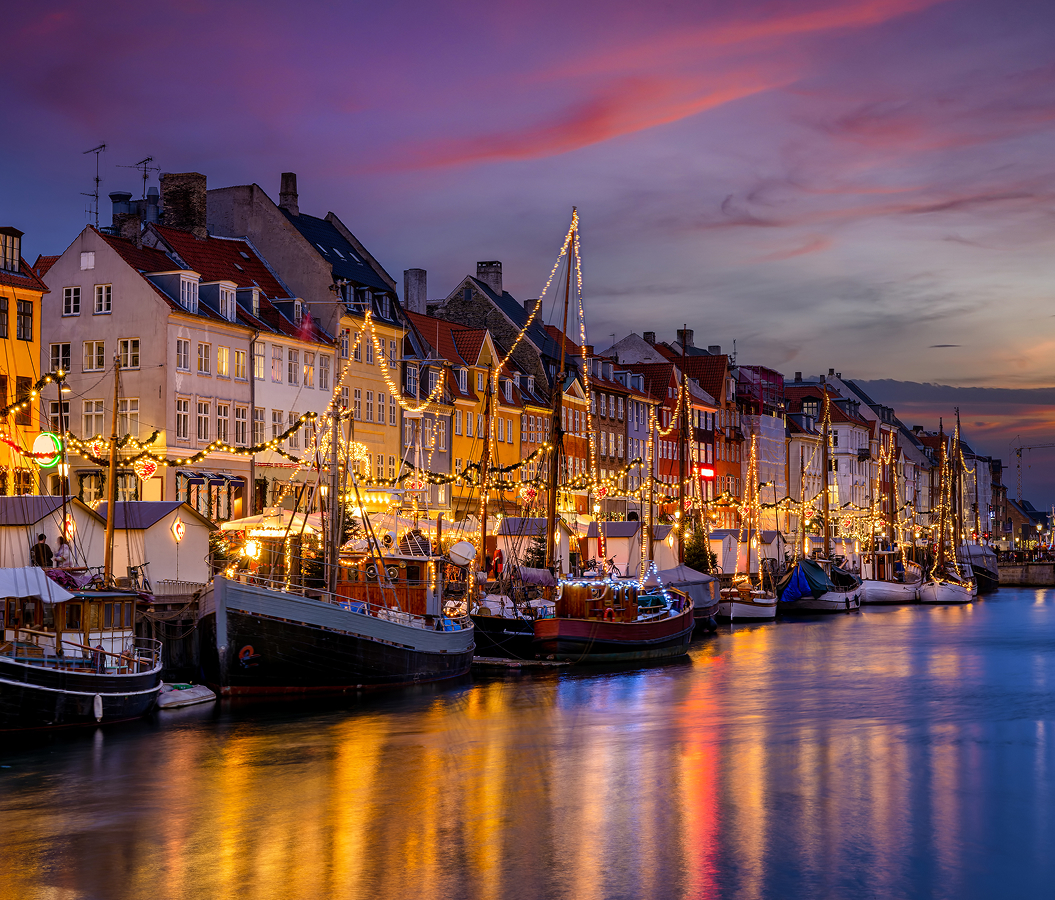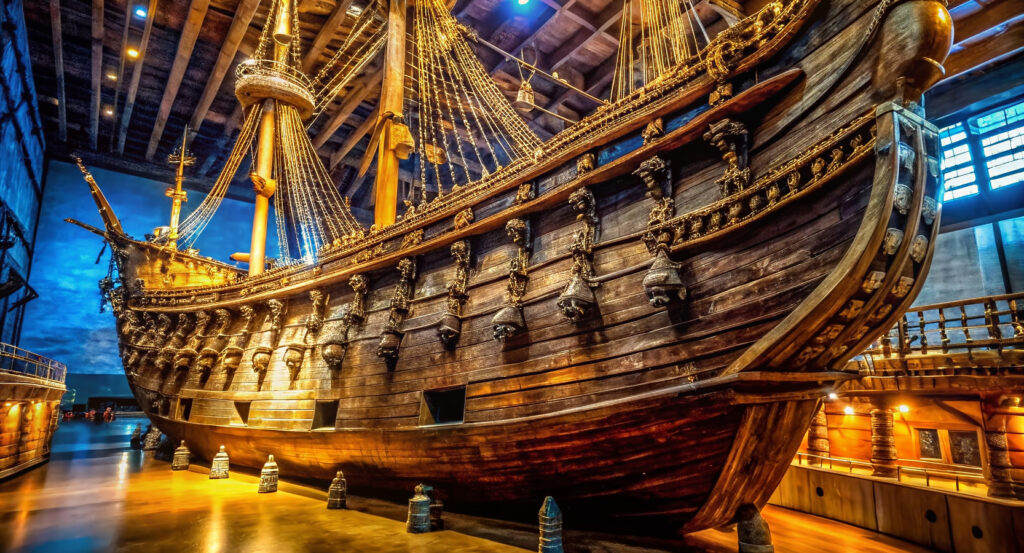
Why you should experience the Vasa Museum in Stockholm.
In the heart of Stockholm, Sweden, the Vasa Museum rises on the island of Djurgården like a shrine to both human ambition and humility, a breathtaking monument to a ship that was lost for centuries but never forgotten.
Inside this strikingly designed museum, the centerpiece is unlike anything else in the world: the Vasa warship, an enormous 17th-century vessel that sank on its maiden voyage in 1628 and was miraculously salvaged 333 years later, almost perfectly preserved in the icy Baltic depths. The moment you step inside the dimly lit hall, your eyes adjust to reveal the ship’s towering stern, a vision of ornate carvings, golden lions, and hundreds of wooden sculptures that tell the story of Swedish naval pride and the tragic flaw of overreach. The Vasa is nearly intact, over 95% original, its timbers darkened by time but still commanding in presence. Around it, elevated walkways offer a panoramic view from bow to mast, allowing visitors to witness the extraordinary craftsmanship that went into its creation, and the hubris that led to its downfall. The museum hums with reverence; it’s less a display than a time capsule of an entire world. Beneath its decks lie tales of power, politics, artistry, and loss, the soul of a ship that was meant to conquer seas but instead became an immortal lesson in human frailty and perseverance.
What you didn’t know about the Vasa Museum.
The story of the Vasa Museum is as remarkable as the ship it houses, a saga of science, discovery, and devotion that spans continents and generations.
Commissioned by King Gustavus Adolphus, the Vasa was meant to be the crown jewel of Sweden’s navy during the country’s rise as a European superpower in the early 1600s. But on August 10, 1628, as the ship set sail from Stockholm harbor before a crowd of thousands, a sudden gust caught its immense sails. Top-heavy and poorly balanced, the Vasa heeled, took on water through its open gunports, and sank in minutes, just a few hundred meters from shore. For centuries it lay buried in the mud of the harbor, its existence fading into myth. Then, in 1956, Swedish engineer Anders Franzén, obsessed with maritime archaeology, rediscovered it after years of painstaking research. The subsequent salvage operation in 1961 was a triumph of engineering and preservation: 24,000 objects were recovered, from sailors’ clothing and tools to coins, cannons, and human remains, each telling fragments of a life cut short. The conservation process that followed was revolutionary. Scientists used polyethylene glycol (PEG) to replace the water in the ship’s wood, stabilizing it over decades. Today, the museum’s climate-controlled environment maintains exact temperature and humidity to preserve every inch of the ship’s structure. Few visitors realize that the museum itself was purpose-built in 1990, its architecture designed to echo a ship’s hull and masts, with massive wooden beams framing the space like a cathedral to history. Beyond the ship, the exhibits dive deep into the people who built and sailed the Vasa, the society that created it, and the extraordinary science that brought it back to life. It’s not merely a museum, it’s a testament to human determination to remember and to learn.
How to fold the Vasa Museum into your trip.
A visit to the Vasa Museum is one of the most unforgettable experiences you can have in Stockholm, an encounter with history that feels both intimate and monumental.
Plan for two to three hours, allowing yourself time to move slowly through each level of the museum. Begin on the ground floor, where the ship’s massive hull dominates the space and orientation films introduce the story of its construction, tragedy, and resurrection. Then, ascend gradually, each tier offering a new perspective on the ship’s intricate carvings and powerful form. Pay special attention to the ornamental sculptures, which depict biblical scenes, mythical creatures, and symbols of Swedish royal power, a visual language meant to awe allies and enemies alike. Visit the Vasa Faces exhibit, where forensic reconstructions of the crew bring their humanity vividly to life, and stop by the Conservation Gallery to understand the decades-long preservation process that continues even today. Between exhibits, pause at the café overlooking Djurgården, where the reflection of masts and water connects you back to the ship’s tragic origin. The museum is easily combined with nearby cultural treasures like the ABBA Museum, the Nordic Museum, and Skansen Open-Air Museum, all within walking distance. For the most atmospheric visit, come early in the morning or near closing, when the crowds thin and the quiet of the hall lets the Vasa speak for itself. As you stand beneath its looming timbers, it’s hard not to feel humbled, a reminder that human ambition may sink, but human curiosity never does.
Hear it from the Foresyte community.
The ship is just chillin there like it never left 1628. You walk in and it’s massive, dark, almost creepy. But so insanely cool.
Where meaningful travel begins.
Start your journey with Foresyte, where the planning is part of the magic.
Discover the experiences that matter most.










